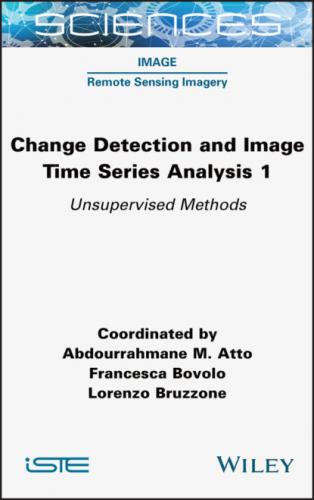Table 1.2. Multiclass CD results obtained by the proposed and reference methods (Xuzhou dataset)
1.5.2. Results on the Indonesia tsunami dataset
The 2D compressed change representation in the polar domain is shown in Figure 1.11, where seven change clusters (i.e. K = 7) can be observed. The optimal segmentation scale was estimated as 35,140 according to Figure 1.12. Note that the CD experiment and the quantitative analysis were carried out on the whole image scene.
Figure 1.10. Comparison of the multiclass CD maps obtained by: (a) IR-MAD; (b) S2CVA; (c) proposed M2 C2VA ([u, v] = [1, 6]); (d) proposed SPC2VA with N = 1,160 and m = 30 (Xuzhou dataset). For a color version of this figure, see www.iste.co.uk/atto/change1.zip
Figure 1.11. 2D compressed change representation in the polar domain (Indonesia tsunami dataset). For a color version of this figure, see www.iste.co.uk/atto/change1.zip
Figure 1.12. Determination of the optimal segmentation scale in the Indonesia tsunami dataset. (a) GE values of different segmented scales; (b) logarithmic fitting results based on (a). For a color version of this figure, see www.iste.co.uk/atto/change1.zip
Table 1.3. Multiclass CD results obtained by the proposed and reference methods (Indonesia tsunami dataset)
We conducted a careful comparison between the qualitative and quantitative results obtained by two proposed approaches (see the CD maps in Figure 1.13(c) and (d)) and two reference methods (see CD maps in Figure 1.13(a) and (b)) as in the previous dataset. The quantitative evaluation was carried out based on the available change reference samples, as shown in Figure 1.7(e); the numeric results are provided in Table 1.3. Note that the number of multiclass changes was equal to 7 in all of the methods, as estimated in the polar domain (see Figure 1.11).
From the CD maps shown at the global scale (first row) and the local scale (second and third rows) in Figure 1.13 and the CD accuracies in Table 1.3, we can see that the proposed approach SPC2VA obtained the highest accuracy (i.e. OA: 93.69% and Kappa: 0.8244) among all of the considered methods. The proposed M2C2VA also showed good results and outperformed the two reference methods. Smaller detection errors were found (i.e. 361,842 and 517,007 pixels in the two proposed approaches against 908,649 and 806,039 pixels in the two reference methods), especially the CE values. The detected change targets are more homogeneous and regular with respect to their shapes and spatial distributions (see Figure 1.13(c) and (d)). This demonstrates that the proposed spectral–spatial approaches are able to deal with CD for large-scale data and offer a high detection performance, i.e. enhancing the change targets and suppressing the no-change class. For two pixel-wise reference methods, S2CVA performed better than IR-MAD, as in the IR-MAD results, change and no-change pixels are highly mixed in their spectral representation, leading to a relatively poor detection accuracy. This is due to the complexity of the CD task in the high spatial resolution multispectral images, and the pixel-wise correlation analysis may fail to properly model the change targets solely based on spectral information. From the point of view of the computational cost, the two proposed methods resulted in a higher time cost than the two reference methods, but still at an acceptable level. Therefore, from the careful qualitative analysis on both the global and local scales of the obtained CD maps and the quantitative accuracy analysis, the effectiveness of the proposed approaches in addressing a large complex multi-CD problem is validated.
Figure 1.13. Comparison of the CD maps obtained by: (a) IR-MAD; (b) S2CVA; (c) proposed M2C2VA([u, v] = [1, 6]; (d) proposed SPC2VA with N = 35,140 and m = 30, respectively, where the first row is the whole image scene, and the second and third rows represent two subset results for a detailed visual comparison purpose (Indonesia tsunami dataset). For a color version of this figure, see www.iste.co.uk/atto/change1.zip
1.6. Conclusion
Owing to the automatic and unsupervised nature, unsupervised CD always represents a very interesting and important CD research and application frontier. However, the absence of ground reference and prior knowledge makes this practical problem more challenging and complex than the supervised ones. In this chapter, we reviewed the current development
